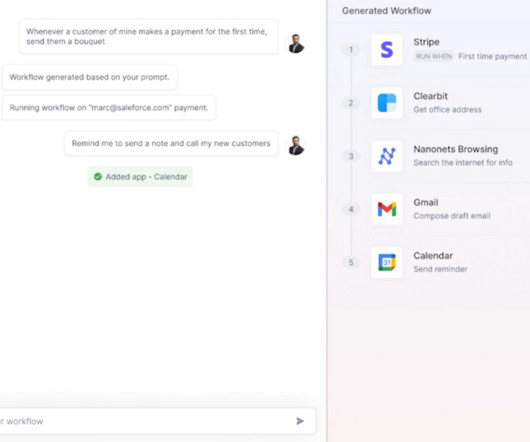The Essential Role of Sales in Debt Collection
Trade Credit & Liquidity Management
APRIL 16, 2025
Here’s how: Early Intervention: Sales professionals should become involved when accounts begin to exhibit payment issues. Accountability (early and often) : Sales personnel must establish financial responsibility for their accounts, as this supports their revenue targets and ensures timely payment of commissions.












Let's personalize your content